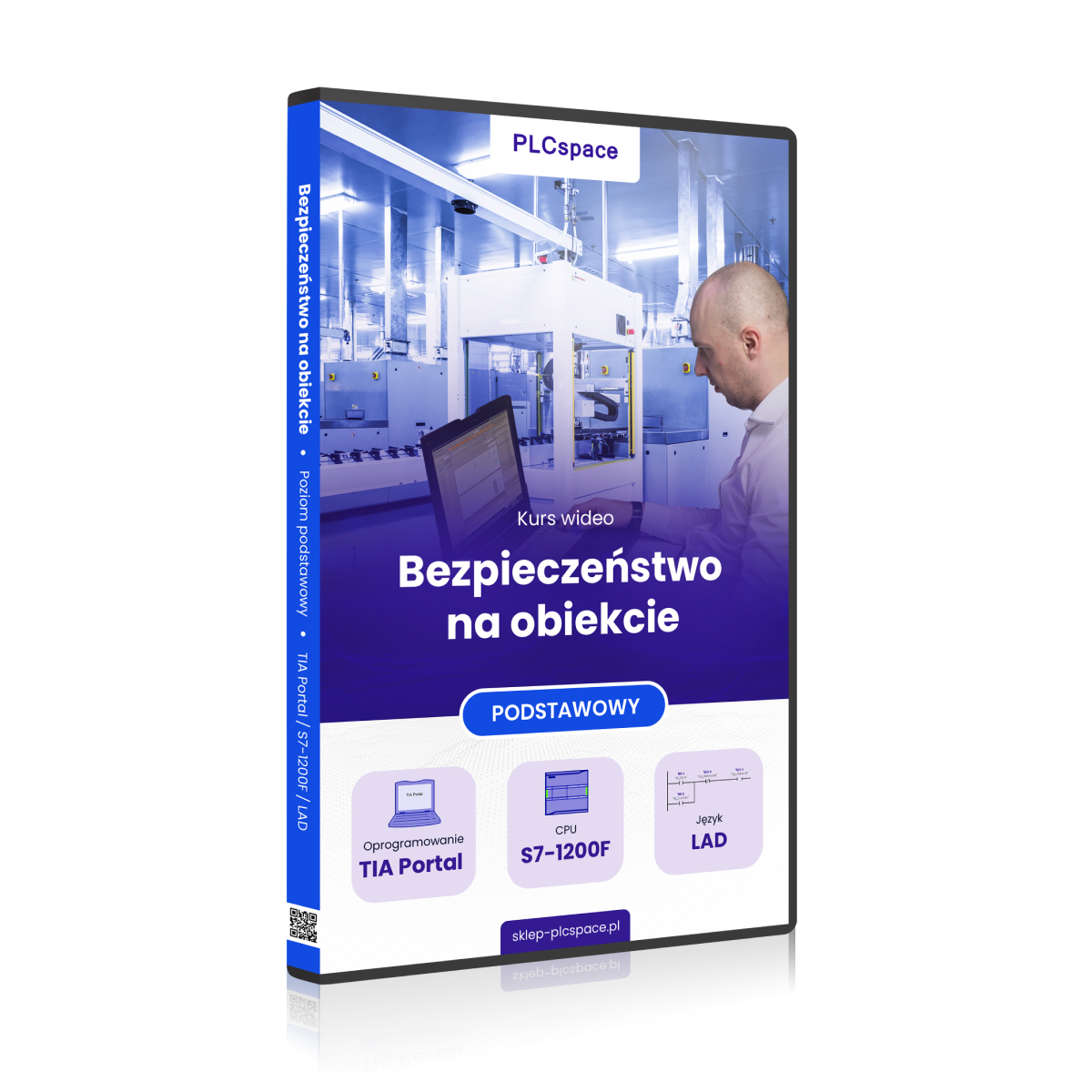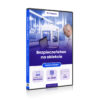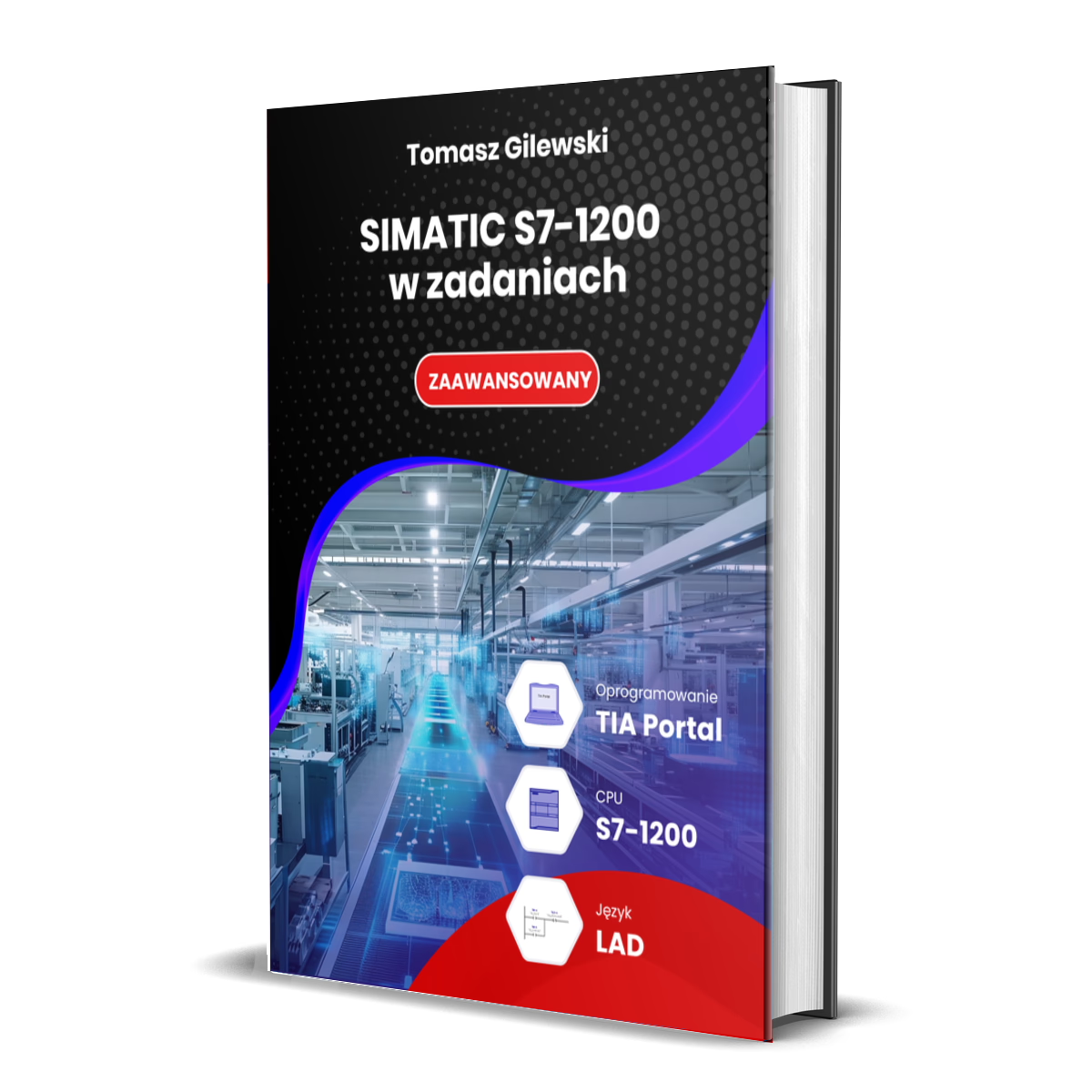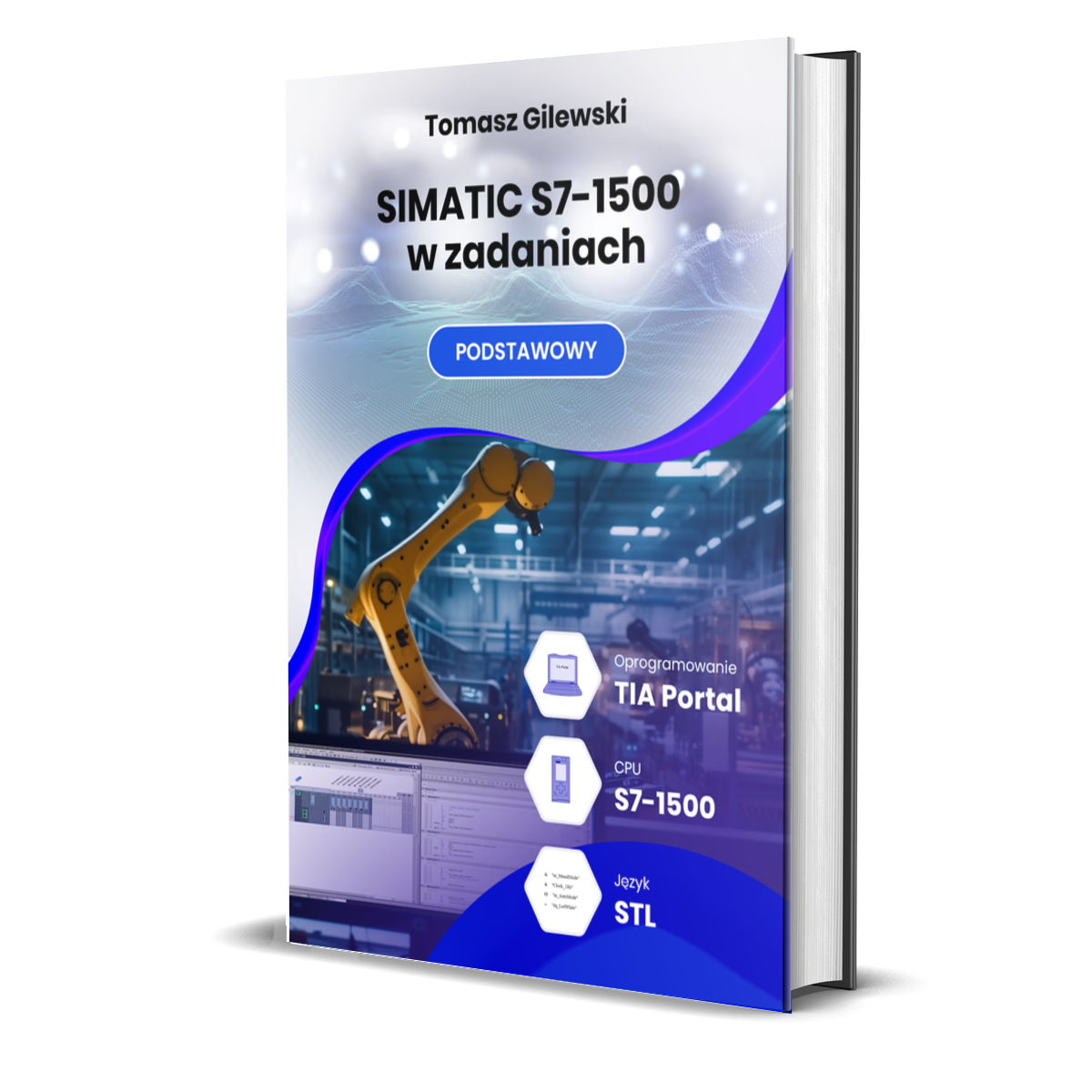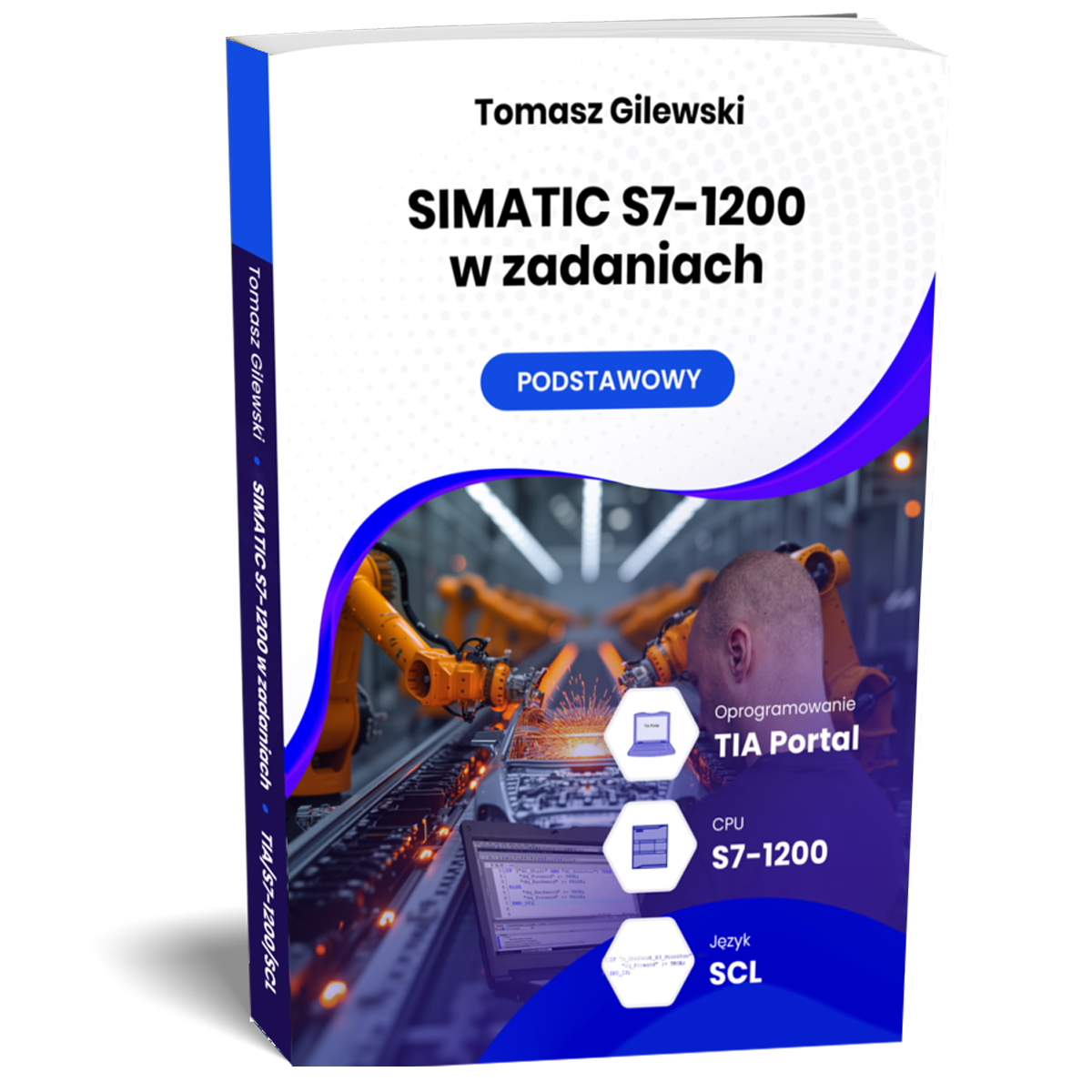Site security
- Level:
The development environment used in the course
- Software:
Core unit family used in the course
- CPU:
A set of rules that are used to develop programme code
- Language:
Frequency converter (inverter) family used in the course
- Drive
109.69 € – 114.27 €
What do you get when you enrol on the S7-1200f controller programming course?
When you decide to attend your first PLC training course, you may be worried that you will be saddled with complex knowledge, and that this will be delivered in an indigestible way. Nothing could be further from the truth! The course is designed to familiarise you with the basics of PLC in a safety context, so you will receive carefully selected teaching aids:
I want to become a PLC Safety programmer basic level - TIA Portal software
Simatic PLCs are a staple in any industry where machine automation is used. This course is dedicated to a particularly important family of modules - the Simatic S7-1200F. In your theoretical classes, you've no doubt heard that these are extremely flexible controllers that, by executing a Failsafe program, can perform standard and safety operations
Our PLC course will enable you to master the basics of programming Siemens controllers, even if you have not dealt with them before. You will gain practical knowledge that you will use in your daily work. The course is also designed to give you knowledge on safety assurance and certification of both individual process lines and entire machines.
If you have obtained a technical degree and dream of working as an automation engineer, but don't know how to get started with Failsafe PLCs, you've come to the right place! After our Simatic PLC programming course, you will surprise your employer with your knowledge and out-of-the-box approach.
What is the Siemens Simatic PLC programming course about?
Our PLC programming course is designed to make sure you understand everything even if you have never dealt with Safety hardware before. The possibilities of Failsafe controllers are many, so on the course you will learn the ones that come up most often in practice.
The topics discussed during the training will be useful in any profession where you will come into contact with industrial programming. It doesn't matter whether you want to become a traffic controller, design industrial robots or supervise work in a factory.
Knowing how to program Siemens Simatic PLC logic controllers will help you to better understand the relationships that occur between components. Safety controllers are additional safety features that control safety curtains, emergency stop switches, door opening and locking sensors, among others. In this PLC programming course you will learn how to create protocols and optimise them.
This PLC training course focuses on one of Siemens' most popular controllers, the S7-1200, which when combined with the TIA Portal environment creates a very powerful programming environment. Although it is now possible to program the Siemens Simatic S7-1200 in several languages, the training aims to introduce you to the graphical programming language LAD, popularly known as ladder, as it resembles an electronic circuit design diagram and is extremely accessible to beginners.
Programming Siemens S7-1200 PLCs is convenient because it does not require you to purchase any additional software or hardware. You will solve all your problems in the TIA Portal v. 15.1 environment, which is just for controlling Siemens modules. You can download it for free from the manufacturer's website and the software will remain fully functional for 21 days. This is far more than you need to complete your PLC training. If you have older versions of the TIA Portal platform, you can also complete the entire training.
The TIA Portal module that you will use in this training consists of two parts - Step7 for PLC programming and the Safety Basic add-on for managing safety functions.
So, what, you want to find out that you don't have to wade through thick books written in a complicated language to acquire the knowledge of programming Safety PLCs in the LAD language? Do you want to learn how to create instructions for Siemens PLCs that are both efficient and safe? Here we go!
Knowledge test:
Is this course for you? Take this test MULTIPLE choice to check it out.
Key information about the course
You'll find that learning doesn't have to be stodgy and you'll be eager for more.
After this course, he or she will work efficiently on small and large projects in companies with diverse profiles.
You will also learn how to avoid them and work effectively.
The virtual factory will show you the typical challenges and problems you will encounter in practice.
Many years of practice ensure that we only pass on good programming practices to our students, which will pay off in the future.
Why choose this industrial automation course in particular?
You will find many a Simatic PLC tutorial on the market, but our training is a whole different level. What can a really great course look like?
Sample lesson / What you will do after the course
What is the Siemens Simatic S7 controller programming training in the TIA Portal environment?
This Siemens Simatic S7-1200 PLC training course consists of five parts, each of which is dedicated to different blocks of topics. Once you have completed all of them, you will be able to safely program PLC modules and use them in your daily work to increase the safety of workers interacting with automatically operating machines.
Failsafe procedures are unfortunately still one of the most neglected elements in machine automation programming. To beginners, it sometimes seems as if a PLC-controlled machine is capable of predicting the consequences of individual work steps on its own, or that situations endangering the health and lives of employees are extremely rare.
In practice, the opposite is true. It only takes one incorrectly entered command or a moment of inattention on the part of the operator for a tragedy to occur. That is why our course prepares machine automation specialists from the complete basics through every element of operating the environment to practising theoretical situations in a virtual factory. You will gain a complete knowledge of how to handle the various types of data, variables, assessing CPU efficiency and performance, right through to visualising your designs.
Once you have completed all modules, you will have a working knowledge of safely programming Failsafe controllers that you can use in your everyday duties. You will find that theoretical knowledge is not everything and that PLCs can be simple to use.
-
Module 1
- Installation of Step7 v5.5 SP3 (Win7)
- PLCSIM installation (Win7)
- Installation of WinCC flexible 2008 SP3 (Win7)
- Installation of Step7 v5.6 SP1 (Win 10)
- PLCSIM installation (Win10)
- Installation of WinCC flexible 2008 SP5 (Win10)
-
Module 2
- Licence activation
-
Module 3
- About the course author
-
Module 4
- Factory IO installation
- Factory IO licence activation
-
Module 1 - Standards
- Safety concept
- Directives
- Machinery Directive
- Risk assessment
- Compliance assessment
- Safety system design
- Specification EN - Standard EN ISO 13849
- SIL determination - EN 62061 standard
- Classic implementation of a security system
- Safety integrated
-
Module 2 - Available Siemens Fail Safe products
- History of SIMATIC Safety
- TIA Portal - Safety Basic
- Advantages of use
- CPU of the S7-1200F family
- F-DI module
- F-DQ modules
-
Module 1 - Principle of Safety Integrated
- Safety technology
- System with integrated security
- Hardware required
- Software required
- Communication using PROFIsafe
- Safety programme
-
Module 2 - Electrical connection
- Connection categories
- Classic examples of connections
- Connection of modules to the PLC
- Single-channel sensor connection
- Two-channel sensor connection
- Serial connection
- disconnection of the contactor
-
Module 1 - Configuration and parameterisation
- Fail safe activation in the CPU
- Setting transmission monitoring times
- Password protection
- General F-DI parameters
- Channel parameterisation in the F-DI module
- Interference monitoring
- F-destination addresses
- General F-DO parameters
- F-DO channel parameters
- Tests
-
Module 2 - Safety administration
- F-CPU user programme
- Safety programme blocks
- Safety programme processing structure
- F-runtime group
- Creation of F-FC and F-FB functions
- Library of certified safety functions
- Configurator - safety administration
- Reference
- Maximum cycle time
- Data types for the Fail safe part
- Settings
- Compilation of the security programme
- Security programme transfer
- Testing the security programme
- Data block with security programme statuses -
F-RTG1SysInfo
-
Module 1 - Programming
- Wiring tests
- Passivation of modules
- F-I/O data block
- Reintegration
- Programming guidelines
- Data exchange between the standard programme
a safety - Access to the process image and DB blocks
- Reliability check
- Watch table for safety inputs and outputs
- Use of the ESTOP1 function
- FDBACK support
- Navigation sections
- I/O field for reading and entering values
- Calling a function using the button
Software and hardware used
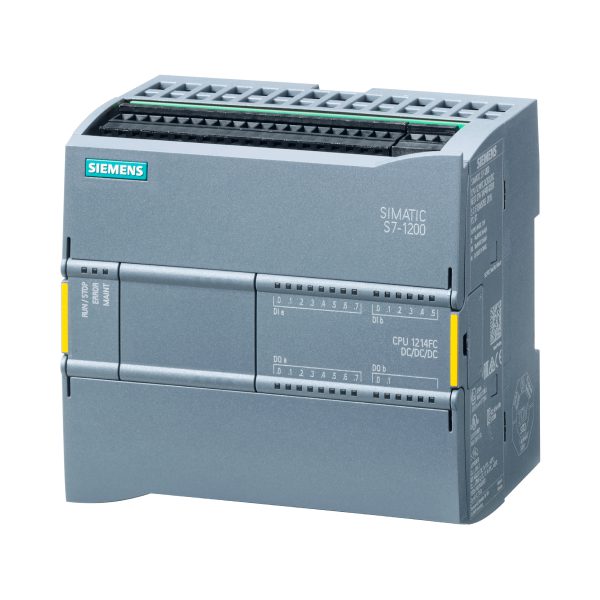
CPU S7-1200F
SIMATIC Safety Integrated represents the seamless and convenient integration of safety technology into standard automation applications. That is, one controller, one engineer, one communication for standard and trouble-free automation.
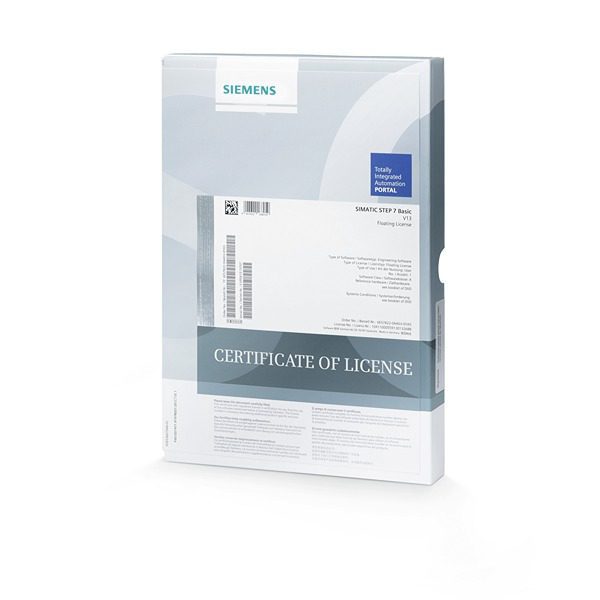
TIA Portal software
Totally integrated automation is a development environment that combines PLC (programming), HMI(visualisation) and startdrive(drive technology).
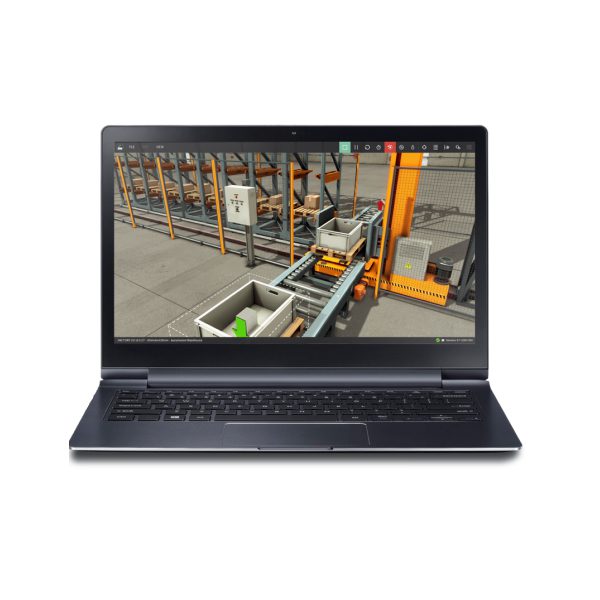
Factory IO
Typical machine scenarios can be run in Factory IO, and the virtual factory connects to the SIM PLC simulator (or the actual PLC. Programming of the controller is possible in the programming environment (depending on the PLC family), and insight into its operation is available during the online connection
What will you be able to do after completing the course?
Wondering where you will find employment after our course? PLC programming is useful in many industries. Find out where a person with knowledge in this field can work.
You no longer need to pore over books that provide only dry theory, impossible to apply in practice. Forget the tedious learning of school rules. Acquire skills that employers value. This will help you find your place on the labour market!
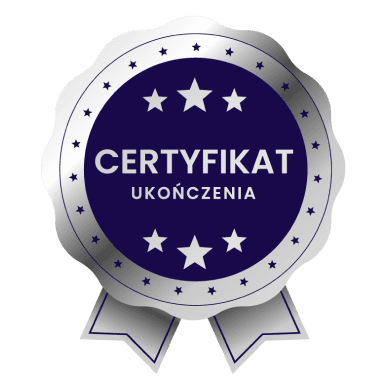

Guarantee
and certificate
If, after 14 days of purchase, you find that it is not for you, I will refund 100% of the course price. Upon completion of the course, you will receive a certificate in two languages - Polish and English.

Frequently asked questions
-
Will I receive a confirmation after my purchase?
Yes, you receive an email. Sometimes emails end up in SPAM or other folders. Please check your mailbox carefully.
-
Is there a difference between the media on which the course can be ordered?
No. The material is the same regardless of the type of storage medium. At the time of purchase, you decide which type of data carrier you choose, i.e. online, DVD or USB.
-
Which PLC programming language should I choose when starting out?
If you are an electrician then LAD. If there has been any exposure to text-based languages (C, C++, C#, Java, etc) then SCL. If there has been no exposure to any programming at all then the basic course is LAD and SCL (the solution to each task is shown in two languages).
-
Is this course for me if I have never used a PLC?
Yes. The basic courses are just set up so that people with no exposure to Siemens PLCs can learn such skills. The student is guided step by step (as can also be seen in the course table of contents).
-
What tools are used for consultation?
Consultations take place via Skype or TeamViever.
-
How do I make an appointment for a consultation?
Please send an email to biuro@plcspace.pl with your questions (problems) and suggestions for a convenient date for your consultation (via Skype or Teamviever).
-
How long are the consultations valid?
This is 60 calendar days from the date of purchase.
-
Can I deliver the course on different computers?
Yes. The course material (videos) can be viewed on any computer.
-
What does the online version of the course look like?
You receive the course by email, where there are private links to the videos.
-
What if a problem arises during the course?
Please email me with a description of the problem at: biuro@plcspace.pl.
-
What is the access time for the course?
No time limits for any medium (i.e. online, DVD or USB version).
-
Do I need to have any experience with programming?
No. The basic course gives step-by-step all the information needed from 'scratch'.
-
Will I need to purchase a licence for the Factory IO software?
No. There is information in the course on how to obtain licences to complete the material.
-
Will I need to purchase a licence for the PLC development environment?
No. There is information in the course on how to obtain licences to complete the material.
-
Is it possible to return the course?
Yes.
-
Will I need a PLC to deliver the course?
No. A real controller is not necessary. The course is designed in such a way that it can also be completed on a virtual controller. It all depends on what the trainee has at their disposal.
-
How do I buy a course?
Just click Add to basket and complete the form and make payment.
-
When does the course start?
-> Online version - immediately after payment
-> Physical version - when you receive the package from the carrier.
Buy as a set and save
Select at least 2 courses from the list and the first free book item (three selections in total) and an automatic discount of 25% will be calculated in your basket.
If you want to find out more about a particular course, click on its name and the page will take you to its offerings.
Companies that have benefited from our courses




































Feedback from students
 Stanislaw
Stanislaw
What sets this course apart is the opportunity to acquire practical, concrete knowledge. Everything is clearly explained. Definitely recommended!
 Marcel
Marcel
After going through the course, I know what the components of the programming environment are and what to do step by step. Now I feel confident and know what I am doing
 Leon
Leon
Course delivered in a very accessible way. Contains a lot of interesting and useful information.
 Michael
Michael
I can honestly recommend the course. It is solid and factual knowledge. I will definitely be buying more.
 Victor
Victor
Thanks to the course, I have decided to go further in this direction. The goal is to look for a more challenging and better job
 Peter
Peter
The course prepared by Mr Tomasz is distinguished by its high level of content and meticulously prepared lessons. They are planned in a clear and sensible manner, making it easier to assimilate knowledge and return to the material if necessary. An additional advantage is the possibility of a free consultation.
 Nikodem
Nikodem
Definitely recommended! The facts themselves, no unnecessary dwelling on issues.
 Ignatius
Ignatius
This is my first course, certainly not my last. I am impressed with the substantive quality of the knowledge.
 Tymon
Tymon
Everything clearly explained, you can really learn a lot. Lots of practical information and examples to help you remember everything. In my opinion, it is worth using this form of learning because you can learn anytime and anywhere. It is practical and convenient.
You may also be interested in:
- Level:
The development environment used in the course
- Software:
Core unit family used in the course
- CPU:
A set of rules that are used to develop programme code
- Language:
Frequency converter (inverter) family used in the course
- Drive
8.93 €
- Level:
The development environment used in the course
- Software:
Core unit family used in the course
- CPU:
A set of rules that are used to develop programme code
- Language:
Frequency converter (inverter) family used in the course
- Drive
8.93 €
- Level:
The development environment used in the course
- Software:
Core unit family used in the course
- CPU:
A set of rules that are used to develop programme code
- Language:
Frequency converter (inverter) family used in the course
- Drive
417.70 €
- Level:
The development environment used in the course
- Software:
Core unit family used in the course
- CPU:
A set of rules that are used to develop programme code
- Language:
Frequency converter (inverter) family used in the course
- Drive
8.93 €
